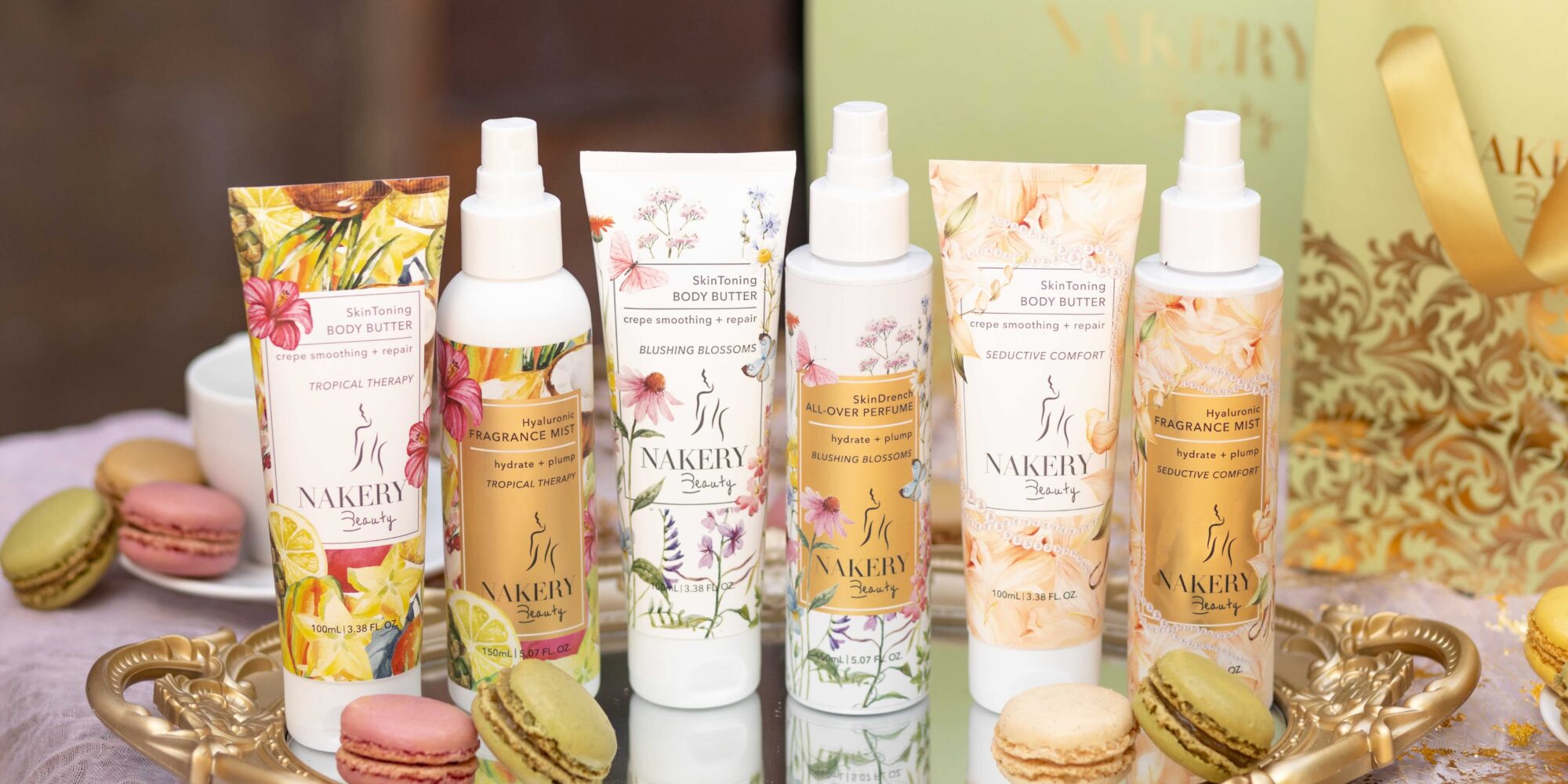
Nakery COO And Former Becca CEO Robert DeBaker On The Overriding Importance Of Listening To Consumers
Over 30 years in the beauty industry, Robert DeBaker has forged a career straddling the corporate and entrepreneurial worlds. He spent five years each at Chanel and The Estée Lauder Cos. Inc., ending as VP of Bobbi Brown before diving into beauty’s startup trenches as CEO of Korres, which he joined following a short stint in marketing and sales at Yves Saint Laurent Beauté, and Becca, where he was pivotal in reviving the brand that sold to Estée Lauder in 2016 for a price tag estimated to be about $200 million. Five years later, Becca was shuttered.
While DeBaker had his choice of many plum C-suite positions after Becca’s success, he’s elected for humbler roles closer to consumers than shareholders. Today, he’s COO at Nakery Beauty, an emerging brand his wife Liz Folce launched in 2022 that unapologetically caters to women 50 years old and above with products that mention what was previously unmentionable in beauty and society more broadly (e.g., boob sweat).
“What I loved about the Becca experience and the Korres experience was being at a startup,” he says. “It wasn’t about it being the biggest business or exploding. It was about getting involved in the things I love to do around setting strategies, building teams and finding the right niche in the market for a brand.”
Beauty Independent talked to DeBaker about some of the strategies he and Folce are pursuing at Nakery to grow the brand in its niche, his thoughts on Becca’s closure, Estée Lauder’s current struggles, the evolving distribution landscape for beauty, and why he’s generally not a fan of TikTok virality.
You studied in journalism in college. Why?
I gravitated to words rather than numbers. Yet, I loved transactions. I loved the idea of selling and marketing, but I wasn’t drawn to accounting. I had a passion for writing, and I still do. I journal every day and have since I was 15 years old. I’m just a mad consumer of news, and I actually had a semester-long internship at a newspaper in the small city of Eau Claire, Wis.
I left that and went to work for a PR firm. Both the newspaper and the PR firm offered me a job. As much as I loved journalism and writing, I wanted to do something related to business, but the whole idea of words remained important to me for how you market.
How did you get into the beauty industry?
I started out my career as an executive trainee at what used to be known as The May Department Stores Company. I went to work for the department store based in Saint Louis called Famous-Barr. I was in the men’s division and Rick Bennet, who went on to become vice chairman of May and was super instrumental in the early part of my career, said, “I’m going to make you an assistant buyer in cosmetics.” I said, “Why? I’m in the guys’ division.” He said, “It’s a great business, you’re going to love it.”
I was an assistant buyer for two years in cosmetics. We’re talking about 1990ish. Up until that point, everything was done manually. There was a physical count of all the inventory, and orders were handwritten. When I was an assistant buyer, we were working on the transition of moving off manual to automated inventory management.
What I ended up loving about the beauty business is, from a pure business point of view, beauty is driven by highly replenishable, high consumer loyalty products that are very predictable for an established business. If I’m Estée Lauder or Lancôme, I know how many pieces are going to sell, whether it’s foundation or mascara, but the other part of it is a good 20% of the business is fun, fashion, new and seasonal.
I left cosmetics because I was promoted to being a buyer of special occasion dresses and ladies’ suits, and then I got recruited to go on the vendor side.

Tell us about your move to the vendor side.
I had an opportunity to work in the field as an account executive for Chanel. My responsibility was to call on accounts. They could be anything from mom-and-pop shops all the way up to specialty department store retailers like Neiman Marcus and Saks Fifth Avenue that were the major outlets for particularly Chanel makeup back then.
I had the territory that was the flattest part of the Midwest—Nebraska, Iowa, Kansas, Missouri and all of Illinois except Chicago. I collected orders and introduced them to new products. I also had the responsibility of hiring and making sure people were trained behind the counters for Chanel. I then got promoted to field sales manager and area vice president.
I left and went to work for Estée Lauder. I was regional manager for the brand Prescriptives back when it was the No. 4 or No. 5 department store brand. After about a year in that job, I took what was one of the most career-defining steps for me to become the VP and general manager for Clinique Canada. By going there, I had full P&L responsibility.
At the time, the Clinique business was the No. 1 prestige business in Canada, and it did as much business as the No. 2 and No. 3 combined. I wasn’t expected to grow the business by leaps and bounds. Instead, I was to maintain market share and improve profitability.
It was not operating with a lot of operating expense. I figured out the only way I was going to move the needle on net profitability was to improve gross margin. The only way to do that was to launch new products with higher margin or by changing the mix of sales in the assortment. Since I didn’t decide product launches, we had to manage the mix of sales.
We took a look at gross margin of the top sellers and tried to identify certain SKUs that weren’t top sellers that could be. We saw an opportunity to go after SKUs that in other parts of the world had a higher penetration of sales than in Canada without damaging the good business we had. The other change we made was in selling discipline. How do we as an organization make sure that we are at point of sale pushing the products that are high margin opportunities for us?
What led you to work at Becca?
In 2011, I had been at Korres for six years, and they decided to sign a distribution deal with J&J. I didn’t have the desire to go back to a corporate environment. I loved being at an entrepreneurial startup. When I took on Korres, it was less than $1 million in revenue, and I got a sense for how you could develop a brand and an organization.
Remember that, in that window of time, we were watching the dynamic of Macy’s and Nordstrom losing market share and Sephora becoming the No. 1 beauty player in the market. That transition led me and a lot of my peers to realize that this whole burgeoning world of startup brands that weren’t part of the traditional mix in department stores had a need for people who understand management to realize their potential to be something special.
I was introduced to Moss Kadey, who became the chairman of Becca and Luxury Brand Partners. He decided to recapitalize Becca and reached out to me about running the brand.
Of course, Becca’s collaboration with Jaclyn Hill was critical to its success, but what else did you find compelling about the brand?
No doubt that all we did with Jaclyn Hill with Champagne Pop was an ignition switch for the brand. However, there were other things that lit the fire.
When we took on the brand, the first thing I did was talk to 100 makeup artists. What I heard from them is there were two products they consistently had in their makeup kits: a dual concealer that was a pan concealer with two shades and a liquid shimmer highlighter. I heard from them that Becca had shades for all the different skin tones they worked with.
Even though there wasn’t huge awareness, there was a broad racial demographic who loved it. I thought we had potential to really turn into a brand that could service all skin tones, and we could be one of the first brands that talked about that. The highlighter was selling well. There wasn’t another product like it that was a finisher and a primer that provided this great level of shimmer, it happened to have an SPF of 20, and it also had an offering of shades that worked for every skin tone.
There were also business decisions prior to me involving distribution. It had been in Sephora, Nordstrom and Bergdorf, but through a collection of unfortunate mistakes and a lack of an understanding of how to keep a brand updated, it lost its way and productivity. As a result, it lost points of distribution and found itself in Duane Reade’s Look Boutique as the No. 1 place it was being distributed. I felt the brand had legs beyond being available in a drugstore.
What did you feel when Estée Lauder closed Becca? What happened to the brand there?
I’m super disappointed that it ended up closing. I have tremendous respect for the people at Estée Lauder, and they were very good to me.
At Becca, before Jaclyn Hill, we did focus groups early on with women with skin tones from medium to the deepest of deep. What we learned was that audience definitely felt underserved. They saw the industry was giving them products just to say they had products for deeper skin tones, and there was no brand committed to those shades long term.
The most fascinating moment I have ever had in the beauty industry was in a focus group with an African American woman in her late 30s. We were talking about how Black women were represented at the time in advertising. This woman very passionately stood up and said, “You guys see us as Black women. We see ourselves as the girl next store, we just happen to be a different color.”
That really hit me, and we built the brand around all-American women regardless of skin tone, recognizing that every skin tone and geographic region of our country has its own definition of all-American. The brand had a nonconfrontational inclusiveness, and we built a strong selling base from that point of view.
When Estée Lauder took over the business, I stuck around for a year and a half. After I left, the whole leadership changed in six months, and the culture, direction and the relationship to the consumer changed. You saw that from the brand changing spokespeople. We had gone from Jaclyn Hill to Chrissy Teigen to Khloé Kardashian and her best friend [Malika Haqq]. A few years later, it moved to a different feel. With that and the team changing, it lead to disruption in what the consumer was perceiving and confusion internally.
The other part of it was the dynamics of what was happening at the industry. We were driving a disproportionate proportion of sales off of the highlighters. That was a trend driven by social media, and it was going away. While we were trying to shift the assortment to rely less on highlighters, when you get acquired and are part of a large corporate, speed to market is challenged. That had an impact, and COVID had a major impact, too.
What was so special to me about Becca was we had an amazing team, killer marketers and a salesforce that was so committed to the brand concept. I think we hit a nerve with the consumer with the way we were messaging inclusivity. At the time we were getting ready to sell it and doing due diligence, I remember our customer base was over 40% non-Caucasian. It was sad to see that wrap up.

Estée Lauder has been struggling lately. What do you think is going on?
My love for Estée Lauder goes back to when I was first there back in 1999 and what I saw when they acquired Becca. What was true then was an entrepreneurial vibe, one that says take risks, but always imbued with an understanding of the customer.
I remember at one point in my career I was in the room with Leonard Lauder and [former CEO] Fred Langhammer. One of them said, “Our responsibility is not to only win share of wallet, our responsibility is to win hearts. You win hearts when you connect with consumers’ true needs and satisfy how she’s feeling emotionally.”
If your motivation is just to sell stuff, it will never work. By no means am I saying that Estée Lauder has lost its heart, but what I love about startups is you are much closer to the consumer. At large companies, it’s hard to maintain that. You are looking at data, who has the best engagement rates, the brands with the biggest launches and where you stand on PD. All that stuff is super valuable, but the connection with the consumer is invaluable.
The breakthrough brands—Glow Recipe, Summer Fridays, Kosas—that have made such a difference in our industry, they’ve done it because they have a finger on the pulse of what’s going on with their consumers and are relating to them on an emotional level. Somehow, I think that gets lost at the bigger brands.
How did you get involved in Nakery?
My wife has been in the industry for over 30 years. She was the general manager of a brand called Pout in the U.S. until it was sold. She was managing account relationships and field teams and, almost by mistake, she went on air as a brand representative on the Home Shopping Network, and it really worked. She had no idea it was something she liked or would be good at.
She didn’t wake up one day thinking the world needed another skin cream, but there are a lot of women out there that want something that answers their needs because it can get really confusing as you go through menopause and age. What are you supposed to do? Her whole concept is to help women over the age of 50 use the most advanced products possible with the best possible price for the biggest size possible, whether it’s body care, face care, makeup or even haircare.
When she started the brand, I was still at Luxury Brand Partners, and my time there was going to come to an end. Within a few months of her launching the brand, it was doing well, and I was considering some options, but she said, “Don’t you think you should be doing this with me. This is our money, why don’t we do it together?”
That’s how it came together. We genuinely love working together. There’s nobody I trust more than her, and she’s the same with me. We are two years into it, and we’ve grown the brand. I’m amazed at the revenue level we have.
How big is it?
Revenue wise, we are north of $15 million in a short period of time. We are profitable with double-digit EBITDA. The main source of revenue is the Home Shopping Network. Part of what makes the brand so appealing is Liz’s point of view that women over 50 feel like afterthoughts or add-ons to other brands, and brands out there for women over 50 can feel masculine.
There’s a lot of conversation around the impacts of menopause, but her point of view is that there isn’t a lot of positive messaging around being 50 and older in the way products are presented and the feel of the brands. She decided that she wanted the brand to feel classically feminine and luxe. There is a lot of gold and florals.
She went after products that you wouldn’t traditionally expect. The first product she put into the assortment came from a focus group where she was asking women open-endedly about product ideas, and a woman raised her hand and said, “How about something for boob sweat?” She asked, “Is that something all of you deal with?” They said, “Yeah!”
There’s also a pain relief product that wouldn’t traditionally be considered a beauty product, but these are products that women are willing to buy from a beauty brand that they feel gets them.
Qurate Retail Group has also been struggling. What’s your take on live selling?
My experience is with home shopping. I’m not sure about selling over TikTok. There’s no more direct or intimate relationship with the consumer than with the consumer who watches TV. Liz always says, “When I’m talking about the product, I’m sitting on the couch with them.” TV retailing is very relationship-driven, it’s problem-solution-oriented, and it’s conversational in I way I didn’t learn when I was dealing with business primarily in brick-and-mortar.
Whatever platform, I think live selling is very important to the future of beauty. All of us would love to replicate what’s happening in Asia with livestreaming there. Whether it’s Stage TEN or Buywith, I believe it has legs because, as a consumer, you are just drawn to it. How many times have you bought something because you saw it on TikTok? It can be an instant gratification-type purchase. When there’s a person talking about a product who can answer questions consumers have, I think it’s a highly effective selling channel.

What growth opportunities do you see for Nakery?
We would love to pursue retail outside of TV. I watch what Bobbi Brown is doing with Jones Road with great admiration. She makes the brand appeal to a wide enough audience that it can be effective in broad channels. I think we can do the same thing.
A dynamic that people don’t talk about much in the beauty industry is, 10 to 15 years ago, discounting wasn’t a thing that happened, and retailers were selling at full price, but today you can find discounted prices in beauty, whether it’s from sites that move excess inventory, brand sites or retailers. That changes consumers’ expectations, and it’s a dynamic to pay attention to as a brand thinking about where to distribute.
Leonard Lauder was so great back in the day about protecting distribution and not over-distributing a brand. People would come to where you were distributed to find the brand. I think that distribution has changed with discounting that’s leveled the field. I think we would be lying if we said there aren’t consumers that are waiting to buy beauty brands on sale the way they’ve waited for clothing to go on sale.
I’m not sure if it’s the right thing for us to knock on the doors of Ulta or go to Amazon or another retailer. It’s different for us because of the dynamics of price and discounting and also because of our consumer set. Our social media following is well balanced from 18 to 25, 25 to 35, 35 to 50 and 50-plus. There isn’t a demographic that stands out, and that’s surprising, but a disproportionate amount of our sales come from the older audience.
Our distribution choice is going to lean into where those women are shopping. Our desire for the brand is less about, gee, I want my brand in that store rather than my consumer is in that store, so I want to take my brand to her.
What are your long-term ambitions for Nakery?
Liz’s ambition is to make the brand known for delivering on results for the issues that affect women 50 and over like sagging and crepey skin. Obviously, we do this because we want to grow. I would love it if four or five years down the road we are four to five times the size we are now because we’ve done the part of really understanding the customer well, responding to her needs and introducing products she’s looking for, and we are in more points of sale to satisfy the demand we have been fortunate to create.
When Liz started this and I jumped in, we didn’t look at it as, how do we build a $100 million business and sell? We did this because we felt there was an opportunity to do this directed at this consumer. Moss always said to me, “If you build a great brand, listen to your customers and stay true to the principles of your brand, consumers will respond, and the business will come.”
If you could improve something about the beauty industry, what would it be?
I think the obsession with having a product going viral is a negative for the industry. Look, I would love to have one of our products go viral on TikTok, but the motivation can’t be about putting out a product for it to go viral and just have a moment in time.
Great product genuinely fills a need that goes beyond just selling stuff. If you deliver on a promise and you go viral on that account, that feels much more sustainable, but there are a lot of ways you can make something go viral that’s not a great product, and the quest to go viral from a sales point of view is a short-term win and a long-term disaster. Trust me, I love sales. It’s how I grew up in the business and what I understand, but the motivation has to be broader and deeper than that.
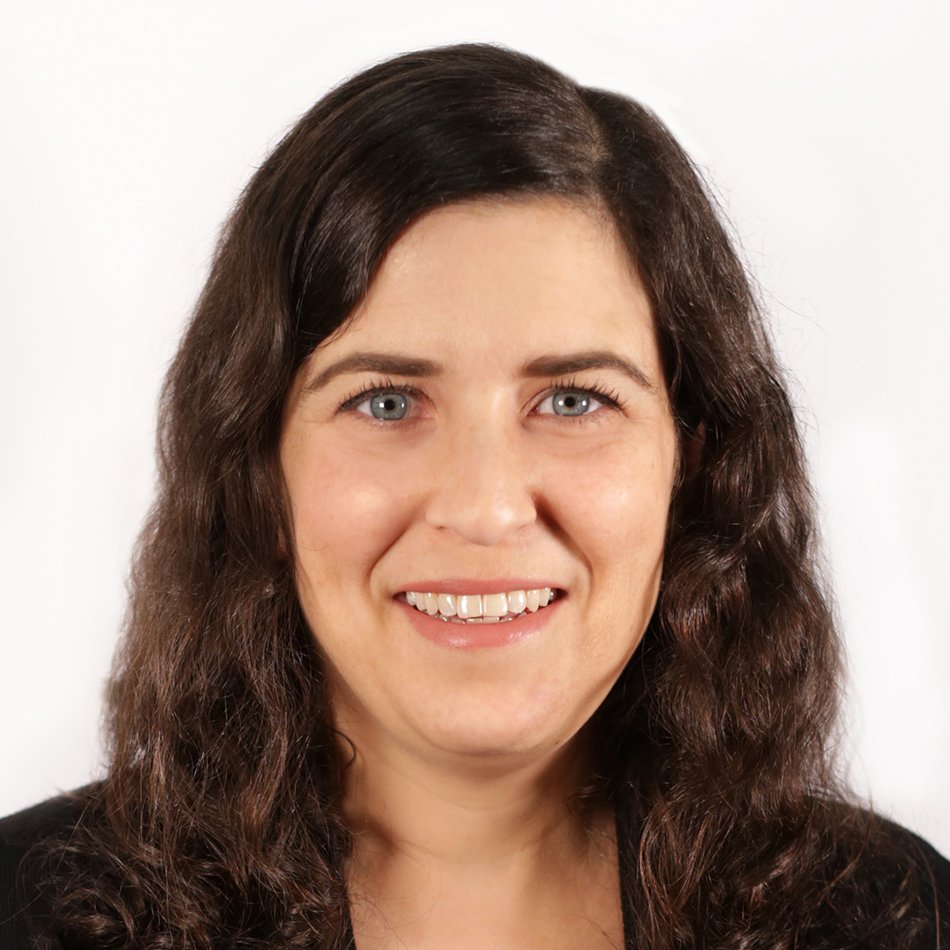
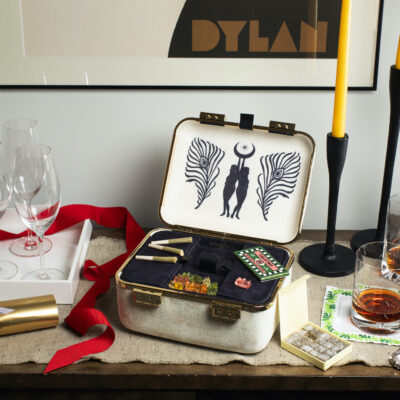
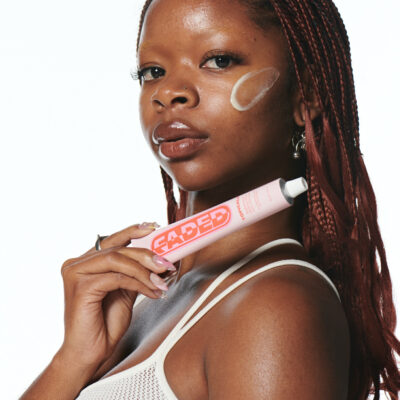
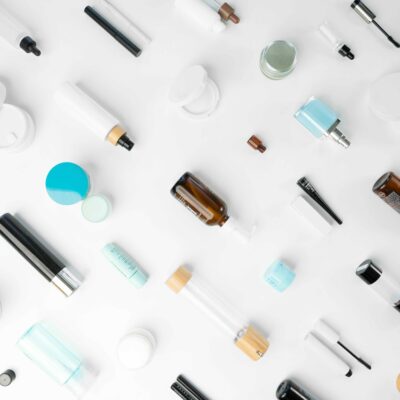
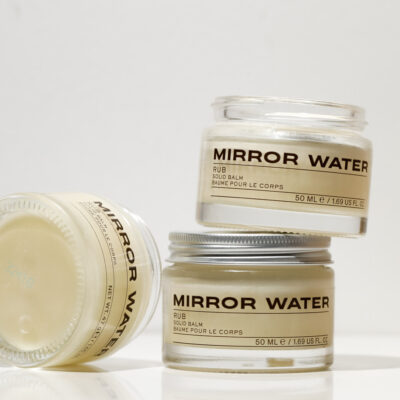
Leave a Reply
You must be logged in to post a comment.